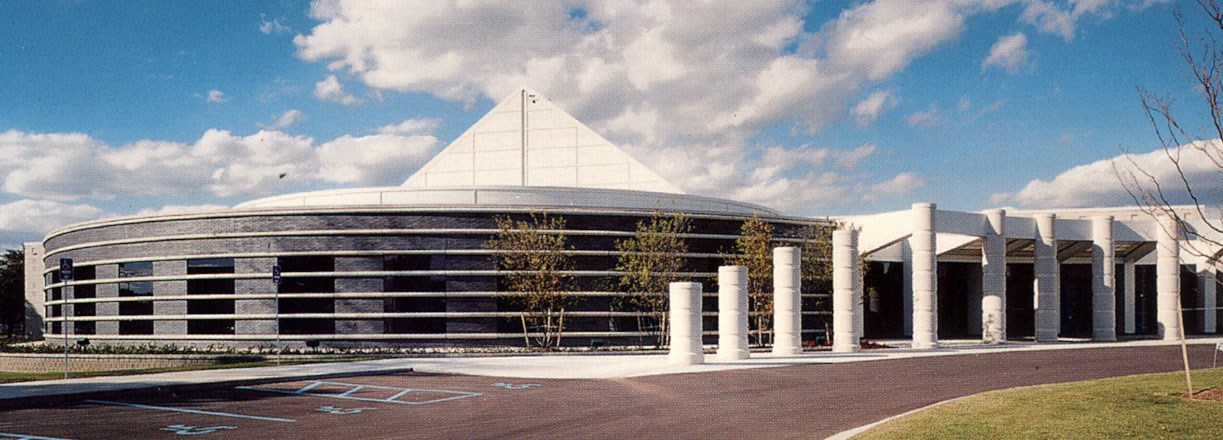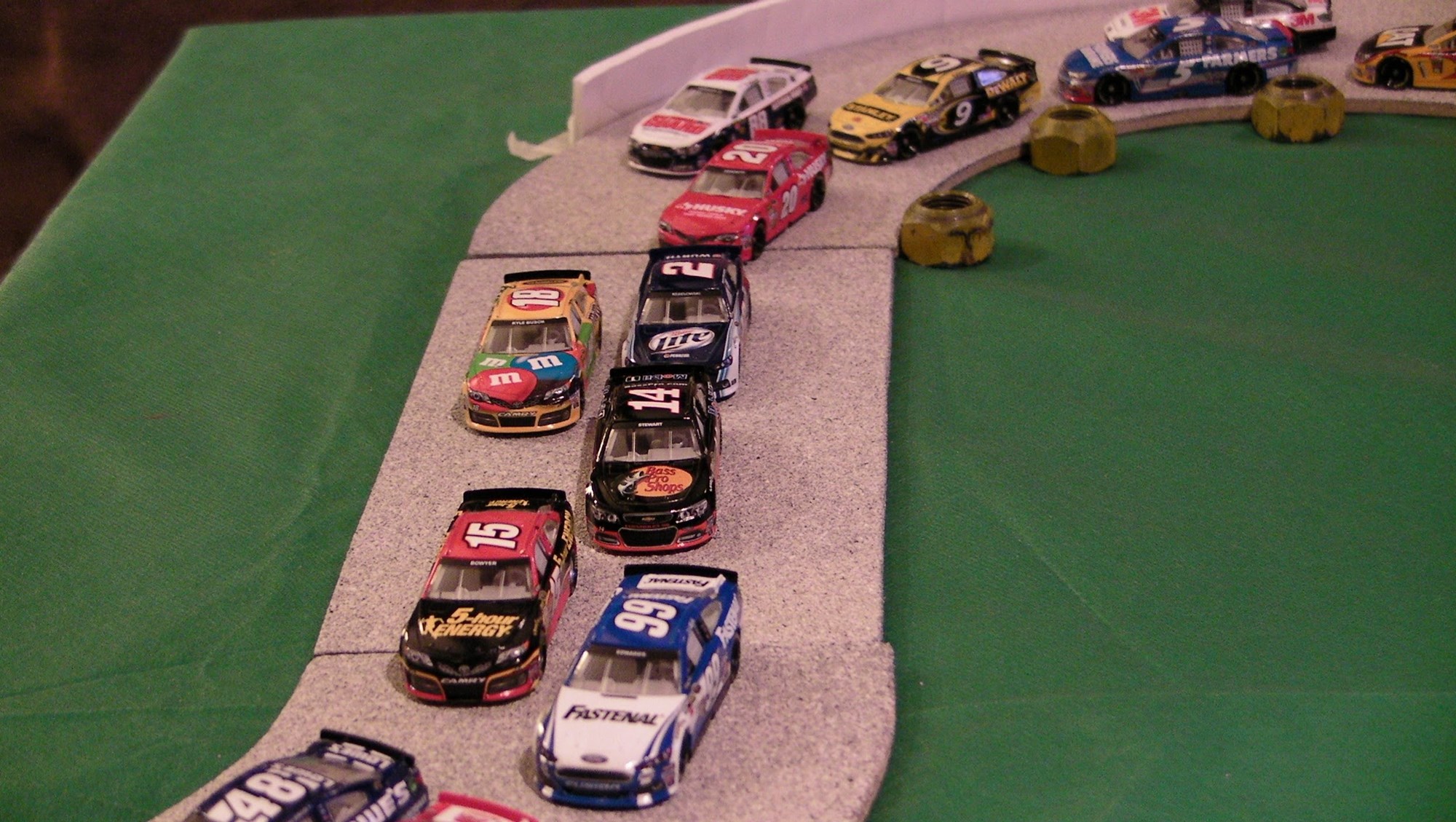FIRST SHELBY COBRA BREAKS DOLLAR RECORD AT MONTEREY CAR WEEK AUCTION
Monterey Car Week, where the elite stroll around golf courses and the like, nodding sagely at impossibly rare and expensive cars, carries a bit of a reputation as a big spender’s mecca.
Numerous classic car auctions during the festivities see iconic metal changing hands for sums akin to the GDP of small African nations.
And this year’s event in the Northern Californian oceanside enclave last week, was no exception.
In fact, one particular car sold under the hammer for an especially cravat-tightening, monocle-popping price, becoming the most expensive American-built car to sell at auction.
Mind you, it was the Shelby Cobra; the one that started the legend. So fair’s fair in love and chequebooks.
The 1962 Shelby 260 Cobra — known among Cobra aficionados as the CSX 2000 — sold for US$13.75 million at auction — almost $19m in Kiwi terms. The auction record for American metal was previously held by a 1968 Ford GT40 of some provenance, which changed hands for US$11m.
What was to become the CSX 2000 was imported from AC Cars in the UK without a motor. Carroll Shelby and his buddy Dean Moon fitted a 260 cubic inch V8 and a Ford four-speed gearbox and Hey Presto! Shelby Cobra!
Well, more or less. Road & Track magazine tested the car at the time and discovered it had a 0-100 km/h time of just over four seconds. In 1962.
That is, let us remind you, a sprint time that many manufacturers would be perfectly happy to achieve 54 years later in a modern performance car.
The CSX 2000 remained in the Shelby family collection until recently and was sold by RM Sotheby auctions last week to an undisclosed buyer. He or she has certainly added a true pioneer of American muscle-car culture to their collection.
We can’t help but wonder if a Mr Leno of Los Angeles was attending that auction perhaps?
American Automotive Hall of Fame moves to ... wait, Detroit?

The American Automotive Hall of Fame? Oh well, it has to be in Detroit, right?
Turns out no, actually. It has moved around a bit over the 75-plus years it has been in existence, but never in Detroit, even during the 1950s, 60s and 70s when that city was the beginning, middle and end of the US carmaking industry.
That’s about to change though as Hall of Fame president William Chapin has announced it is returning ... no, sorry; moving to Detroit. It just doesn’t sound right, does it? Then again, any institution moving to Detroit has, until recently, seemed an odd move in light of the city’s bankruptcy and mass abandonment. Things appear to be slowly swinging around, however, thanks in part to Ford’s investment in new facilities there, and a bit of hipster-led gentrification of some neighbourhoods.
Not to be confused with the rather excellent car museums you find in almost every corner of the US — such as Los Angeles’ Peterson Automotive Museum or the LeMay America’s Car Museum in Tacoma, Washington — the Automotive Hall of Fame celebrates individual achievement within the automotive sphere, rather than the cars themselves. So in a way it doesn’t seem so strange to have had the institution based in New York or Washington D.C., as it has been previously.
“We feel there is a need to develop a visitor destination downtown that will tell the global stories of automotive innovators and their innovations over the past 90-plus years, with a spotlight on Detroit’s automotive heritage,” Chapin said at this year’s induction ceremony, where the announcement was made.
Founded in 1939, the Hall of Fame has more than 800 inductees. This year’s honoured notables included safety advocate Ralph Nader, Carl Benz’s wife and business partner, Bertha, and Roy Lunn, the man behind the Le Mans-winning Ford GT40.
Stop-motion Nascar racing more popular than you’d think

During some Very Important Research recently here at The Good Oil we came across a video by a guy — with a heck of a lot of spare time on his hands apparently — who created a stop-motion video featuring die-cast versions of the current crop of Nascar Sprint Cup drivers and cars.
Rather than an oval, though, the track this fan has prepared for his vid (which took dedicated 60 hours to complete) takes the miniature racers around all manner of bedroom floor barriers to the chequered flag.
It’s the sort of race where crashing into Connect Four discs or spinning out on the slippery Monopoly board are the chief hazards, rather than rain delays or a failed gearbox. It’s quite diverting to watch, even with the videographer/race organiser’s whispered monotone passing comment on every camera angle.
Thing is though, this person isn’t alone. Head to YouTube and search for “Stop-motion Nascar race” and you’ll find a whole bunch of (extremely) dedicated Nascar fans who’ve created teeny-tiny races of their own. Well, we suppose it fills the long hours between weekend race meets ...
And judging from the voiceover commentaries, these are grown men, too, not kids. Hmm ...
Number Crunching
19 YEARS OLD Kyle Busch became the youngest ever Nascar Cup Series pole winner in 2005
712 TOP 10 PLACINGS For Nascar legend Richard Petty, who won seven titles in his career
22 ROWS A full-field Nascar race has 21 rows of two cars and one row with one car
350 CUBIC INCHES Stock displacement of Nascar-spec Chevy small-block engine




